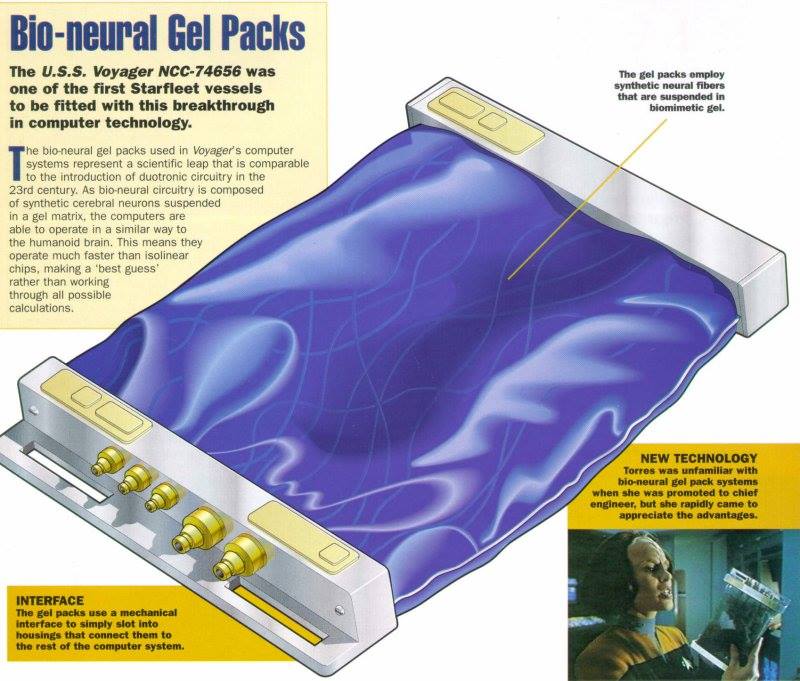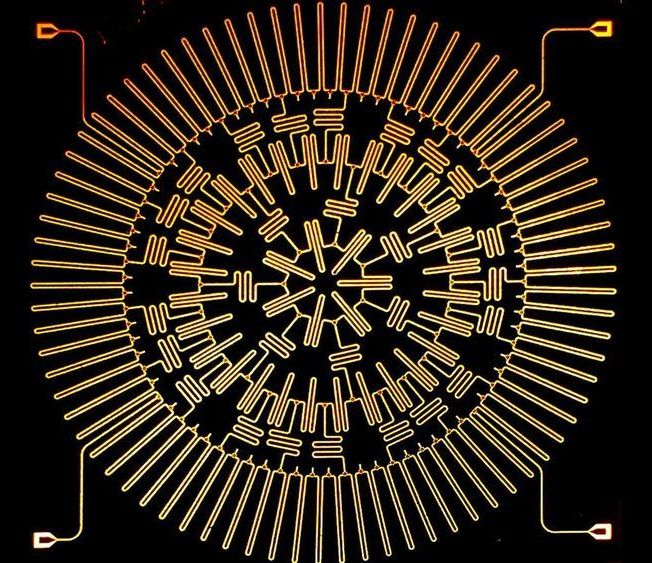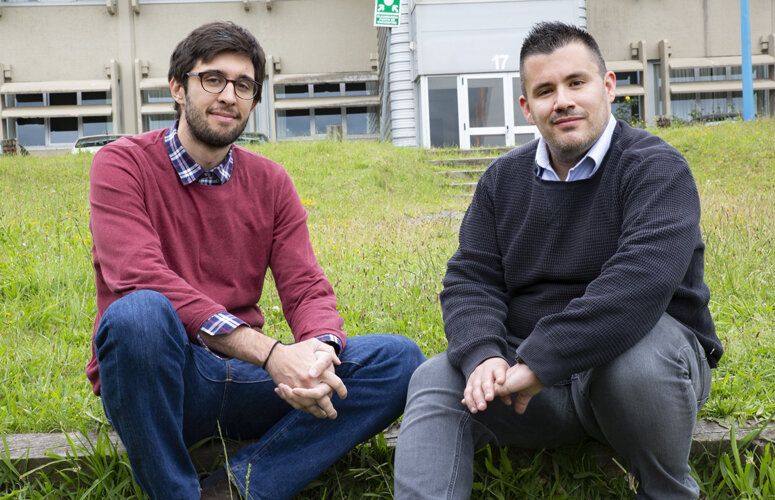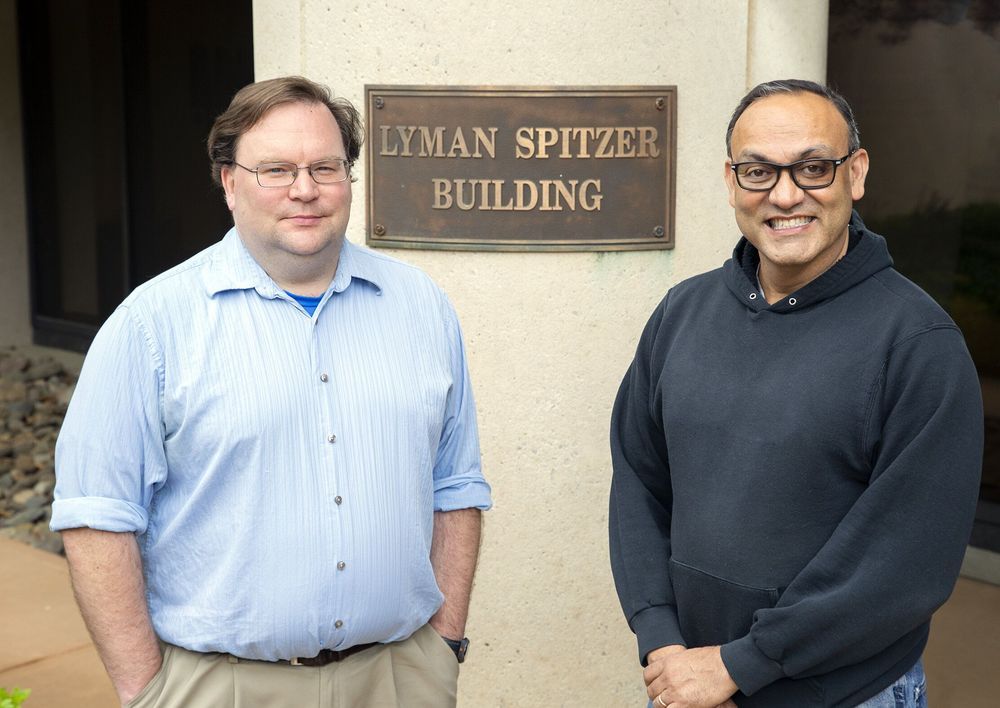Jul 13, 2019
The biological computer is an implantable device that is mainly used for tasks like monitoring the body’s activities or inducing therapeutic effects
Posted by Richard Christophr Saragoza in categories: biotech/medical, chemistry, computing, mathematics
The biological computer is an implantable device that is mainly used for tasks like monitoring the body’s activities or inducing therapeutic effects, all at the molecular or cellular level. This is made up of RNA, DNA and proteins and can also perform simple mathematical calculations.
DNA computing is a branch of computing which uses DNA, biochemistry, and molecular biology hardware, instead of the traditional silicon-based computer technologies. Research and development in this area concerns theory, experiments, and applications of DNA computing.
https://www.wired.com/…/finally-a-dna-computer-that-can-ac…/



















